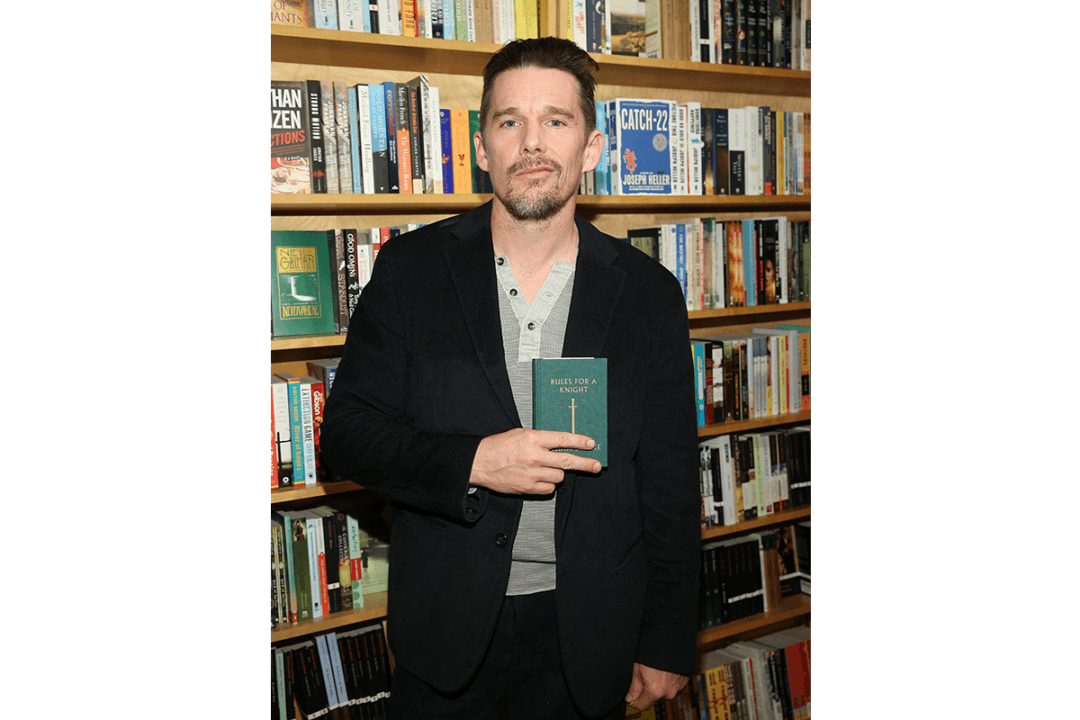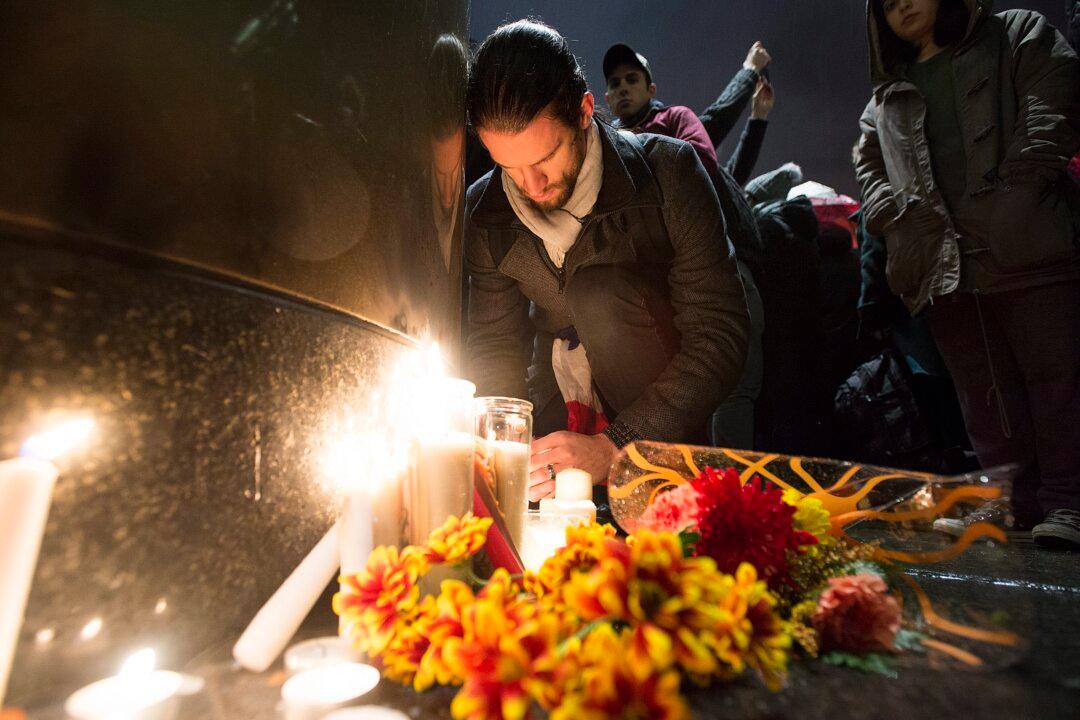Most know Ethan Hawke as an actor, but he’s also an author, having published three books.
He calls “Rules for a Knight,” his third book released last November, a book of parables that he wrote for his four children, who range from youngsters to teenagers.
Hawke wrote this compact little book (approximately 15.5 cm by 10.5 cm) based on a letter written by Sir Thomas Lemuel Hawke that was discovered in his great-grandmother’s garage in Ohio in the early 1970s.
The premise is that Hawke is related to the letter’s author, a 15th-century Cornish knight. The book maintains the form of a letter—written by the knight to his children on the eve of a battle that he may not survive—in which he provides the life lessons he had hoped to impart to them in person.
Although the authenticity of the letter found in his great-grandmother’s garage is not proven, Hawke has this to say in an editor’s note at the beginning of the book: “Our family does, however, lay claim to a direct lineage to the noble Hawkes of Cornwall, and Sir Thomas Lemuel Hawke was among the 323 killed at the Battle of Slaughter Bridge in the winter of 1483.”
Set in the 15th century, Hawke outlines 20 rules for his children to live by. Using the knight’s letter as a starting point, he rounds it out with a compendium of thoughts from others, spiritual writings, teachings in literature, and Eastern and Western philosophies that he collected over the years as they pertain to issues such as ethics, patience, and honesty.
He lists all of these sources near the end of the book under the title “Special Thanks to Other Knights.”
‘Rules for a Knight’ Aims to Teach Kids Virtues, Right From Wrong
Ethan Hawke's latest book offers ancient wisdom in a modern world
Ethan Hawke wrote ‘Rules for a Knight’ based on a letter discovered in his great-grandmother’s garage in Ohio in the early 1970s.

Actor/author Ethan Hawke poses with a copy of "Rules For A Knight" at a book signing in New York City on Nov. 10, 2015. Jemal Countess/Getty Images
|Updated:
Interwoven with the parables are nuggets about the knight's life and the hard lessons he learned that kept him noble in spirit and action.




